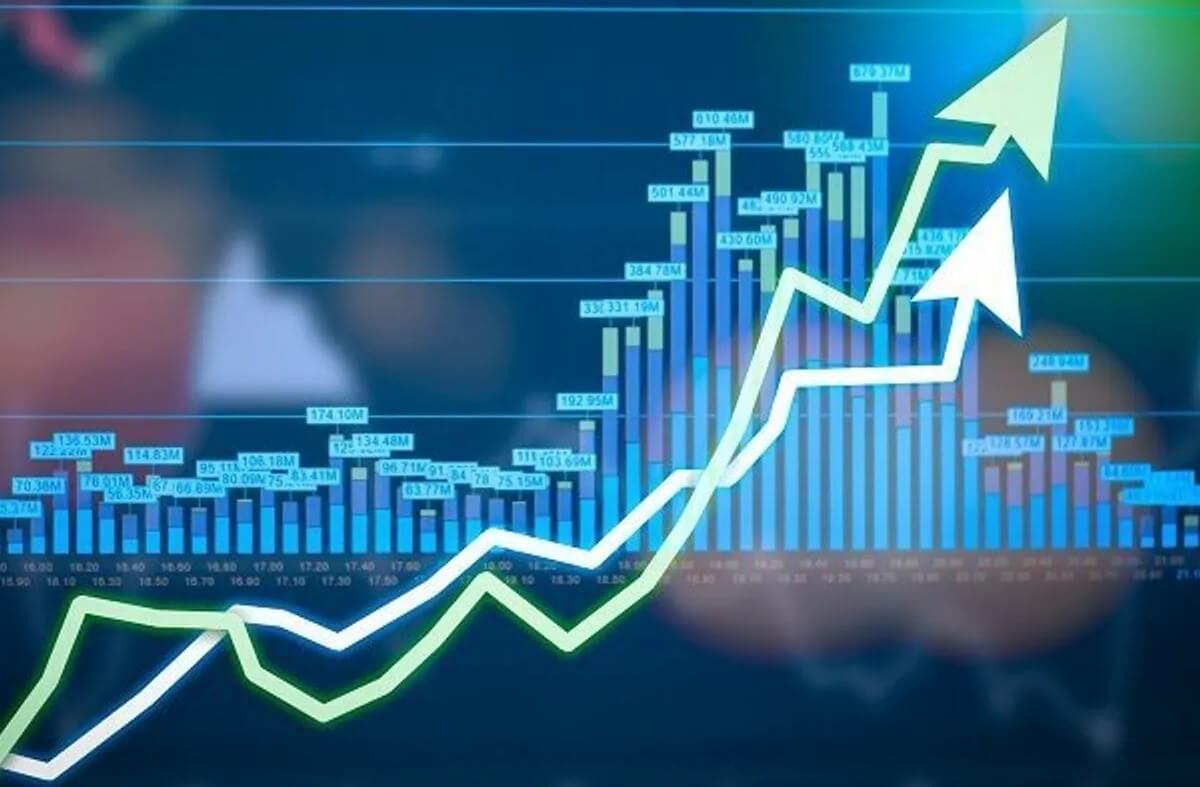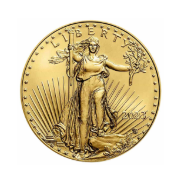Japan Space Launch Services Market Outlook 2030: Leading Companies & Share Insights

Japan Space Launch Services Market Size & Insights
According to MarkNtel Advisors study The future of Japan Space Launch Services Market size was valued at around USD962.28 million in 2024 and is projected to reach USD2,266.77 million by 2030. Along with this, the market is estimated to grow at a CAGR of around 15.35% during the forecast period, i.e., 2025-30.
What are the Key Driver in the Japan Space Launch Services Market?
Expanding Satellite Communication & Navigation – The navigation and communication industry of Japan is growing due to the increasing adoption of electronic devices, digitalization of the sectors, growing need for high-speed internet services, advancements in technology, etc.
The need for electronic devices, like smartphones, laptops, PCs, and others, has surged due to the growing connectivity, white collar population, compactness & portability of such devices, etc. As per the Groupe Speciale Mobile Association (GSMA), there are about 130 million smartphone users, with 120 million equipped with internet services and over 90 million with 5G internet connections, with a penetration rate of smartphones of 104% of the population, in 2025. These large volumes of connections rely on the American GPS system for connection and navigability; thus, to become a self-reliant country, the country introduced its QZSS navigation system. The satellites in this system account for 5 in 2025, with the plan to increase this number to 7 by 2026, and to 11 by the end of 2030, increasing the satellite launches.
Thus, the increasing connectivity and adoption of 5G internet services & smartphones among individuals are boosting the navigation system of the country, leading to a rise in the satellite launches, hence boosting the space launch services in Japan.
What are the Key Segments in the Japan Space Launch Services Market?
The Japan Space Launch Services is categorized into notable segments, which help in understanding the structure, dynamics, and opportunities within the market. These segments are typically based on:
- By Product Type – Market Size & Forecast (2020–2030), USD Million & Number of Launches
- Small Satellite Launch Vehicles (SSLVs)
- Medium-Lift Launch Vehicles
- Heavy-Lift Launch Vehicles
- Reusable Rocket Systems
- By Service Type – Market Size & Forecast (2020–2030), USD Million & Number of Launches
- Pre-Launch Services (Payload Integration, Testing, Licensing)
- Launch Services (Orbital, Suborbital)
- Post-Launch Services (Debris Mitigation, Mission Support)
- By End-User – Market Size & Forecast (2020–2030), USD Million & Number of Launches
- Government & Defense
- Commercial Entities
- Research & Academic Institutions
Boost Your Company’s Decisions by Getting a Free Sample Right Away- https://www.marknteladvisors.com/query/request-sample/japan-space-launch-services-market.html
Who are the Key Players in Japan Space Launch Services Market?
Mitsubishi Heavy Industries (MHI Launch Services), Interstellar Technologies Inc., Space One Co., Ltd., Japan Aerospace Exploration Agency (JAXA), Canon Electronics Space Division, Innovative Space Carrier (ISC), Others (e.g., IHI Corporation, Skyroot Aerospace Japan)
Browse Full Reports – https://www.marknteladvisors.com/research-library/japan-space-launch-services-market.html
Japan Space Launch Services Market News
2025: Interstellar Technologies Inc. (IST) received an investment of approximately USD44.4 million from Woven by Toyota, a subsidiary of Toyota Motor Corporation, to support the mass production of reusable rockets, aiming to enhance Japan’s commercial space launch capabilities and enable more cost-effective, high-frequency satellite deployments.
2025: Innovative Space Carrier (ISC) announced plans to test-launch its ASCA 1.0 reusable launcher prototype in December 2025 at Spaceport America in New Mexico, marking the first commercial U.S.-Japan rocket collaboration and aiming to demonstrate low-cost, high-frequency launch capabilities through reusable technology.
Key pillars of the research methodology include:
- Scope & Research Design – Clearly defined objectives with tailored qualitative and quantitative methods, backed by precise timelines and budgets.
- Sample Selection & Data Collection – Representative samples achieved through proven techniques like random and stratified sampling, supported by reliable tools such as surveys, interviews, and observations.
- Data Analysis & Validation – Rigorous cleaning, advanced statistical modeling, and thematic analysis ensure accuracy, reliability, and minimal bias.
- Forecasting & Finalization – Predictive modeling and time-series analysis anticipate future market behaviors, presented through insightful reports with charts, graphs, and strategic recommendations.
“Our methodology reflects the trust businesses place in us. By combining innovation with precision, we deliver not just numbers, but clarity and direction for decision-makers worldwide,” said a spokesperson for MarkNtel Advisors.
Why This MarkNtel Advisors Research Report:
- In-depth Market Analysis: Understand trends and dynamics shaping growth.
- Segmented Insights: Target specific segments for focused strategies.
- Geographical Performance: Assess market opportunities by geographic area.
- Emerging Technologies: Discover advancements like AI integration.
- Risk Identification: Pinpoint challenges to inform strategic planning.
- Future Forecasts: Prepare for market changes with actionable projections.
Gain exclusive access to our comprehensive insights on the Future of Japan Space Launch Services Market. With tailored licensing options, including Mini Report Pack, Excel Data Pack, Single User, Multiuser, and Enterprise Packs, our research empowers organizations to navigate dynamic market trends effectively.
Select a License That Matches Your Business Requirements with Instant Offer – https://www.marknteladvisors.com/pricing/japan-space-launch-services-market.html
Our Trusted Experts Are Here to Help:
At MarkNtel Advisors, we are committed to delivering data-driven insights and strategic intelligence that empower your business decisions. Whether you have a question, need customized research, or want to explore partnership opportunities, our team is here to support you every step of the way.
Reach Us:
MarkNtel Advisors
Office No.109, H-159, Sector 63, Noida, Uttar Pradesh-201301, India
Contact No: +91 8719999009
Email: sales@marknteladvisors.com
Visit our Website: https://www.marknteladvisors.com
Trending Blogs – https://www.marknteladvisors.com/blogs







